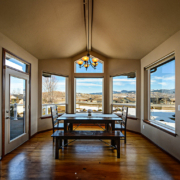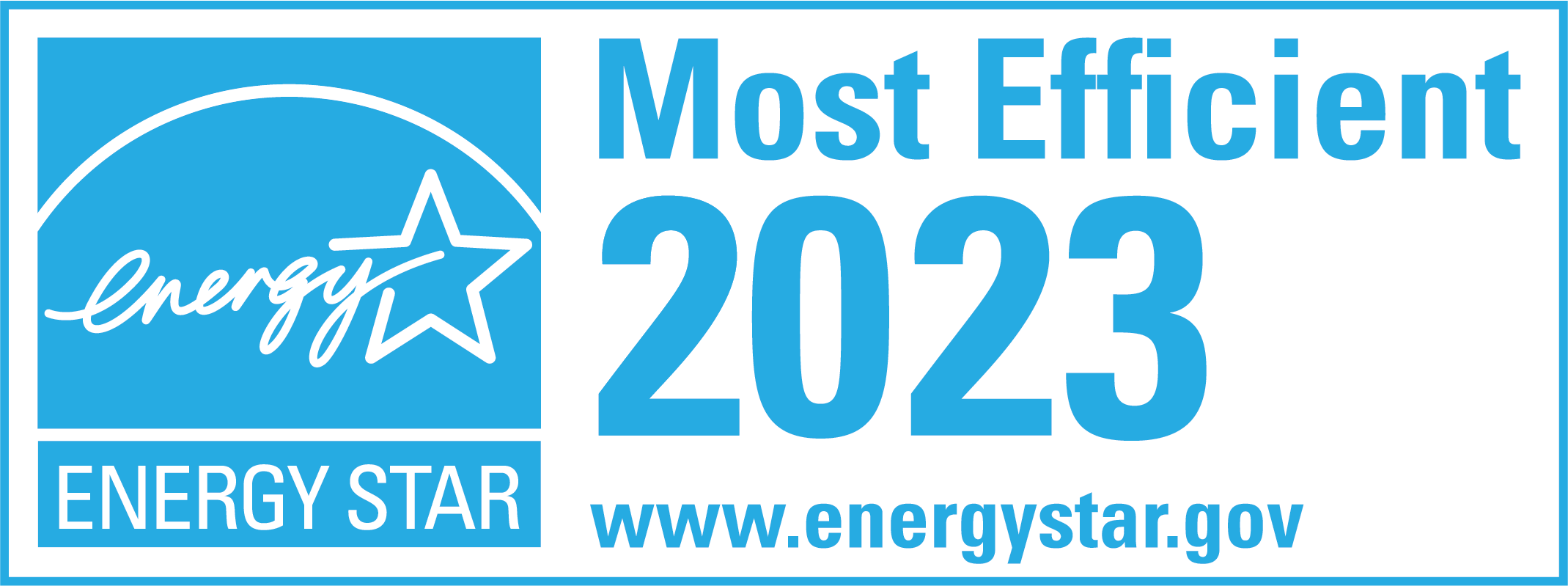Four Signs You Might Need Replacement Windows
When it comes to maintaining your home’s comfort, energy efficiency, and overall appearance, your windows play a vital role. Over time, however, windows can show signs of wear and tear, indicating that it may be time for replacement. This article will explore the four key signs that suggest you might need replacement windows. Understanding these signs will help you make informed decisions regarding your home’s windows and ensure that you maintain a comfortable and energy-efficient living space.
Understanding the Importance of Window Replacement
Your windows serve multiple functions in your home. They provide natural light, ventilation, and a visual connection to the outside world. Additionally, windows contribute to your property’s overall aesthetics, insulation, and energy efficiency. Therefore, paying attention to any signs indicating that your windows may need replacement is crucial.
Regarding the role of windows in your home, their importance cannot be overstated. Windows are a barrier between your home’s interior and the external environment. They help regulate temperature, minimizing heat loss during winter and heat gain during summer. By controlling the amount of sunlight that enters your home, windows also play a significant role in managing the overall energy consumption. Moreover, windows provide ventilation, allowing fresh air to circulate and improving indoor air quality.
Aside from their functional aspects, windows enhance the aesthetics of your living space. They frame the views of the outside world, bringing in natural beauty and creating a sense of connection with nature. Whether you have a stunning landscape or a bustling cityscape, windows serve as a visual gateway, allowing you to enjoy the scenery from the comfort of your home.
The Lifespan of Typical Windows
Windows, like any other household component, have a finite lifespan. The lifespan of windows can vary depending on the materials used, the quality of installation, and the level of maintenance they receive. Generally, windows last between 15 to 30 years. However, specific factors such as exposure to extreme weather, moisture, and lack of care can shorten their lifespan.
It is important to note that different types of windows have different lifespans. For example, while aesthetically pleasing, wooden windows require regular maintenance to prevent rotting and warping. On the other hand, vinyl windows are known for their durability and low maintenance requirements, making them a popular choice among homeowners. Additionally, the quality of installation plays a crucial role in determining the lifespan of windows. Improper installation can lead to air leaks, water infiltration, and premature windows failure.
Regular inspections and maintenance can help extend the lifespan of your windows. Checking for signs of wear and tear, such as cracked glass, peeling paint, or difficulty opening and closing, can help you identify when it’s time for replacement. By proactively addressing window issues, you can avoid potential problems such as energy loss, water damage, and compromised security.
In conclusion, understanding the importance of window replacement is essential for maintaining your home’s functionality, aesthetics, and energy efficiency. By recognizing windows’ roles in your living space and being aware of their lifespan, you can make informed decisions about when to replace them. Regular maintenance and timely replacement will enhance the comfort and beauty of your home and contribute to long-term savings and sustainability.
Sign 1: Increased Energy Bills
One of the telltale signs that your windows may need replacement is a sudden increase in your energy bills. Drafty or inefficient windows can lead to energy loss, causing your HVAC system to work harder to maintain a comfortable indoor temperature.
But how exactly do windows affect your energy consumption? Let’s dive deeper into this topic.
How Windows Affect Your Energy Consumption
Windows play a significant role in your home’s energy efficiency. Older, single-pane windows or ones with damaged seals can allow air to infiltrate from outside, leading to drafts and temperature fluctuations. This, in turn, forces your heating and cooling system to compensate by consuming more energy.
When your windows are not properly sealed, air leakage occurs. This means that the conditioned air from your HVAC system escapes through the gaps around your windows while outdoor air seeps in. As a result, your HVAC system has to work harder to maintain the desired temperature, leading to increased energy consumption.
Moreover, inefficient windows can also impact the insulation of your home. During the hot summer months, heat from the sun can penetrate through your windows, causing your air conditioner to run longer and consume more energy. Similarly, in the cold winter months, the heat inside your home can escape through poorly insulated windows, forcing your heater to work overtime.
Evaluating Your Energy Bills
If you notice a substantial spike in your energy bills without a significant change in your energy usage or rates, it may be time to consider window replacement. Keep track of your energy bills over several months to identify any consistent upward trends that could be attributed to inefficient windows.
When evaluating your energy bills, it’s essential to consider the weather conditions during the billing period. Extreme temperatures like heatwaves or cold snaps can naturally lead to increased energy consumption. However, if your energy bills continue to rise even during moderate weather, it strongly indicates that your windows contribute to the problem.
Another factor to consider is the age of your windows. As windows age, their efficiency tends to decline. If your windows are more than 15-20 years old, it’s likely that they are no longer providing adequate insulation and are causing your energy bills to skyrocket.
Additionally, it’s worth noting that advancements in window technology have significantly improved energy efficiency. Newer windows are designed with features like double or triple glazing, low-emissivity coatings, and gas-filled chambers, all of which enhance insulation and reduce energy loss.
By carefully evaluating your energy bills and considering the age and condition of your windows, you can determine whether window replacement is necessary to regain control over your energy consumption and save on your utility costs.
Sign 2: Difficulty in Opening and Closing
Struggling to open or close your windows can indicate replacement time. Windows that do not operate smoothly can compromise your home’s overall comfort and functionality.
The Impact of Window Operation on Home Comfort
Apart from providing light and fresh air, windows also contribute to the ease of operation and accessibility in your home. Difficulties in opening or closing windows can hinder proper ventilation and limit your control over the indoor environment.
Identifying Window Operation Issues
If you find opening or closing your windows increasingly challenging, whether due to warped frames, broken hinges, or other mechanical issues, it clearly indicates that your windows are past their prime. By addressing these issues, you can regain the full functionality of your windows and enjoy effortless operation.
Sign 3: Noticeable Drafts in Your Home
Feeling drafts around your windows is uncomfortable and indicates a potential issue with your window’s efficiency. Drafty windows can lead to energy loss, reduced comfort, and even moisture problems.
The Connection Between Drafts and Window Efficiency
Drafts occur when gaps or cracks around your windows allow air to seep in or escape. These gaps disrupt the insulation properties of your windows, leading to temperature imbalances and an increased workload for your heating and cooling systems.
Detecting Drafts in Your Home
To identify drafts, carefully inspect your windows for noticeable gaps, cracks, or loose weatherstripping. You can also perform a simple test by holding a lit candle near the edges of your windows and observing any flickering caused by air movement. If you detect drafts, it’s a strong indication that your windows need attention.
Sign 4: Condensation Between Window Panes
If you notice condensation forming between the panes of your windows, it’s a clear sign of a broken or failing seal. This can compromise both the insulation and aesthetic appeal of your windows.
Understanding Window Condensation
Condensation between window panes occurs when the seals separating the multiple glass layers become compromised. Moisture seeps into the space between the glass, leading to foggy or hazy windows that obstruct your view and reduce your window’s insulation properties.
The Implications of Condensation for Window Replacement
While occasional condensation on the inside surface of your windows is considered normal, condensation between the panes indicates seal failure. It is essential to address this issue promptly to prevent further damage and maintain your windows’ energy efficiency and aesthetics.
By being aware of these four signs: increased energy bills, difficulty in opening and closing, noticeable drafts, and condensation between window panes, you can determine whether it’s time to consider replacement windows. Investing in new, energy-efficient windows will not only enhance the appeal of your home but also result in long-term savings and a more comfortable living environment. Remember to consult with a professional window replacement company to ensure the best results for your specific needs and requirements.
Call us at 214-399-9592 to discuss window pricing and availability. Our replacement window services are limited to North Texas cities, from Irving and Dallas to Frisco and Rockwall.








